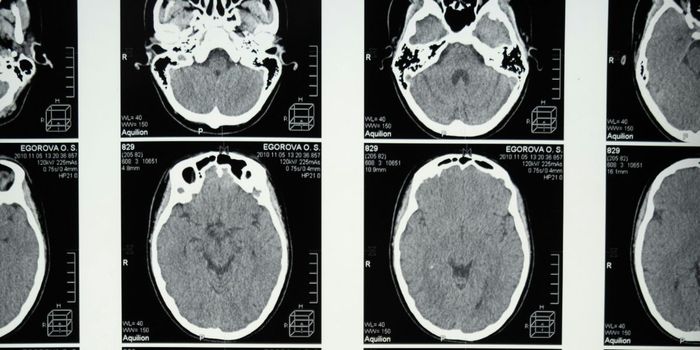From Haze to Photosynthesis- How research may lead to better air purification methods
Today, air pollution is rampant globally and is one of the most prominent issues that touches nearly every corner of the planet. Smog, fog, haze- it’s all invasive and, in some areas, more harmful than others due to industrialism and commercial expansion of densely populated metropolitan and suburban neighborhoods.
Even rural communities that are primarily industrial have air quality issues. Built societies, medicine, art, advancements in industrial technology, and architecture are just a few examples of human activities that have contributed to altered oxygen levels since humans have played a hand in manipulating their environment.
Humans have fundamentally altered the atmosphere while relying on healthy air for survival.
Particulate matter in the air is extremely dangerous due to its invisibility. While many might not consider haze threatening, unseen particulate matters that we breathe in can do the most damage. Haze is a mixture of soot and other dry particles of dust, aerosols, or smog that are so incredibly small the human eye does not see them.
Appearing as a recognizable yellowish hue, when these dry particles and gaseous pollutants oxidize, they create a chemical concoction that allows for the generation of hydroxyl radicals (OH), promoting the diffusion of sunlight.
Within this process, researchers have identified potential generation methods for these radicals.
Commonly known sources of these radicals include nitrogen oxide and ozone, however, they account for only a tiny portion of haze-affected regions such as areas of East and South Asia, the United Kingdom, and the United States. These mediation methods of generation could offer potentially innovative air purification opportunities for the energy industry, overall improving air quality.
Scientists collaborating from the University of Nebraska and the Chinese Academy of Sciences are now closely monitoring soot particles and their activity. The study in question identified diesel soot and the field emissions scanned. Using high-resolution electron microscopy technology, images of particulates were identified and measured. Components of gas expansion, particle size, and distribution were analyzed. Given the proper settings, these soot particles produce OH radicals: air and humidity blown over the particles while being irritated by light.
Scientists are using these results to further their research. Results show that soot particles are active in smog and haze formation. What is understood now is light radiation can diffuse water molecules, turning them into radicals. This process allows soot-based components that could potentially rid the air of volatile organic components (VOCs), the generation of chemical energy derived from electromagnetic energy, and eventually synthetic photosynthesis.
Sources: Wiley Online Library, EurekAlert, TedxMIT, Britannica, Wiley Online Supporting Info








